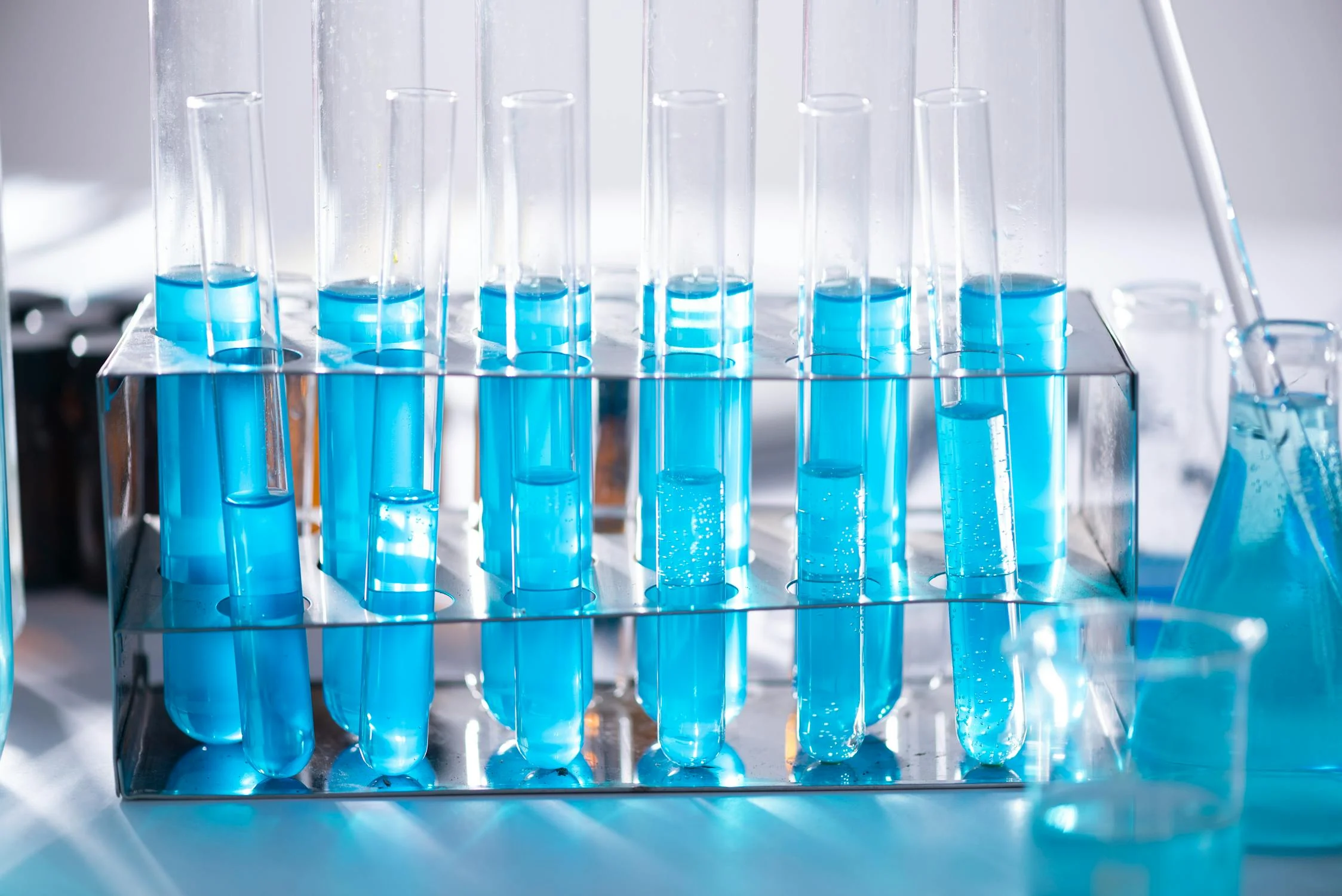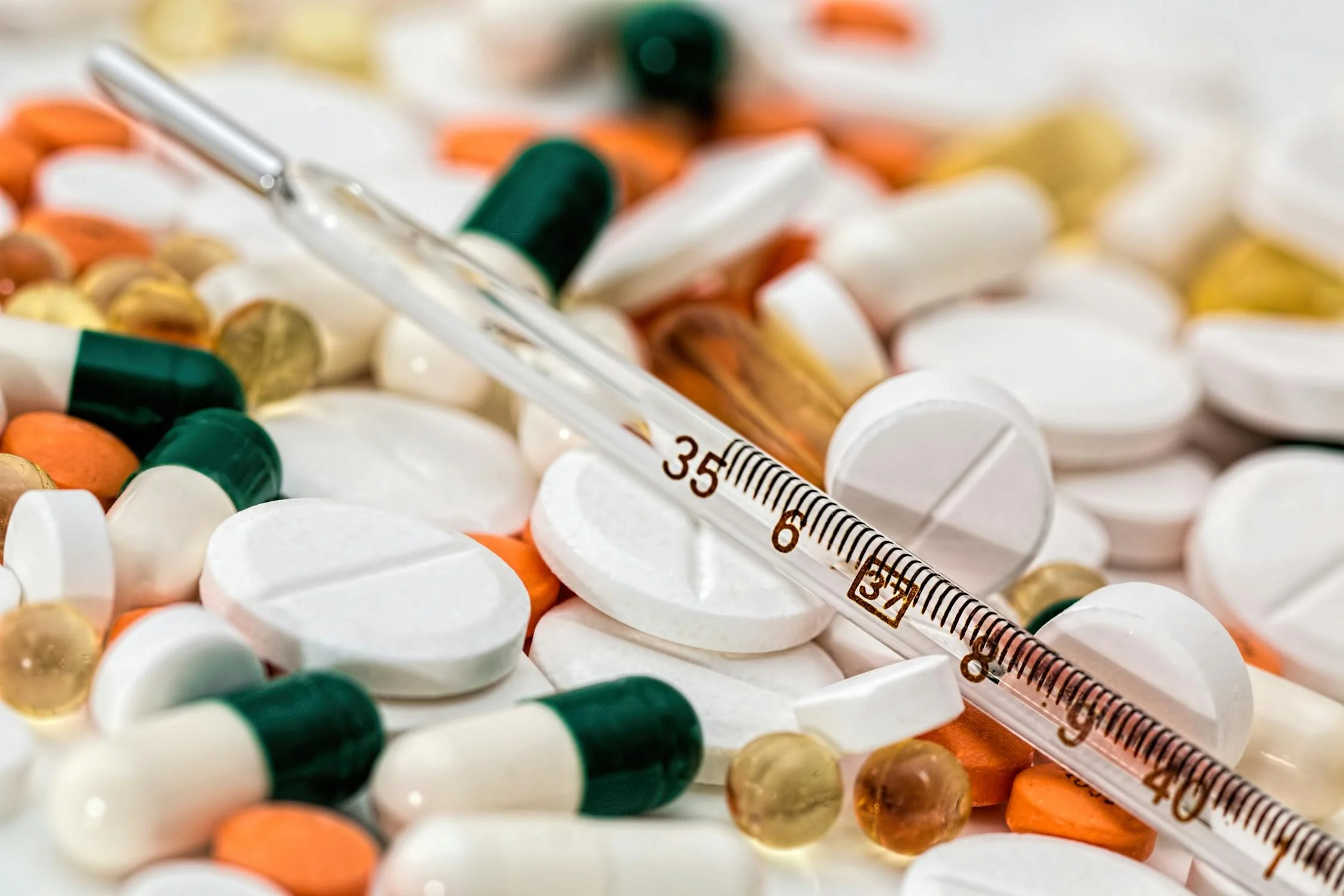HIT Type 1 and Type 2 are both related to heparin-induced thrombocytopenia (HIT) but differ in their mechanisms, severity, and clinical significance. Type 1 HIT is a non-immune reaction, mild, and transient, typically resolving without needing to stop heparin. Type 2 HIT, on the other hand, is an immune-mediated reaction, more severe, and associated with a significantly increased risk of thrombotic events.
Here’s a more detailed comparison:
Type 1 HIT:
Mechanism: Non-immune mediated; thought to be a direct effect of heparin on platelets causing aggregation.
Timing: Typically occurs within the first 2 days of heparin therapy.
Severity: Mild, with a transient drop in platelet count.
Complications: Not associated with an increased risk of thrombosis.
Management: Usually managed expectantly without needing to stop heparin.
Type 2 HIT:
Mechanism:
Immune-mediated; antibodies develop against heparin-platelet factor 4 (PF4) complexes, leading to platelet activation and consumption.
Timing:
Typically occurs 5-14 days after starting heparin, but can occur earlier if previously exposed.
Severity:
Severe, with a significant drop in platelet count and a high risk of thrombotic complications.
Complications:
Associated with a high risk of thrombosis, including deep vein thrombosis, pulmonary embolism, and stroke.
Management:
Requires immediate discontinuation of all heparin products and initiation of an alternative anticoagulant.



Leave a Reply